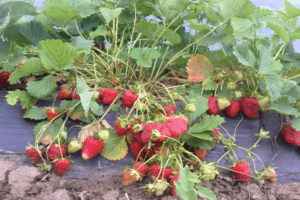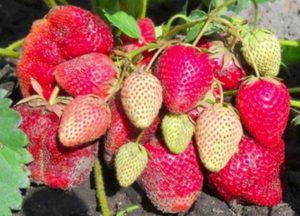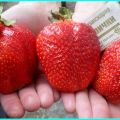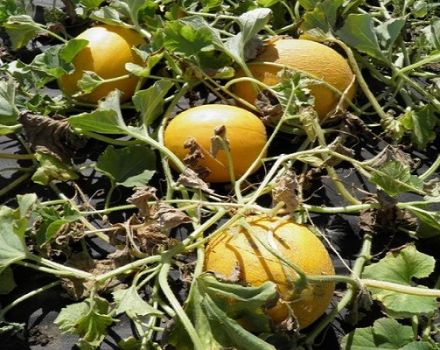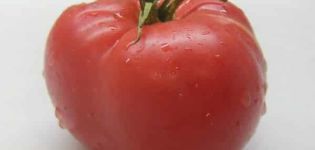Description and characteristics of the Florence strawberry variety, cultivation and reproduction
Strawberries Florence have many advantages in their characteristics, so the variety is often found in summer cottages. To get the best results, you need to become familiar with planting timing, breeding methods and crop care. In addition to watering and fertilizing, you should definitely take care of sheltering the beds for the winter. When stored properly in berries, it will be possible to preserve all the benefits and taste.
Description and characteristics of Florence strawberry
The Florence variety is distinguished by its late harvest ripening boundaries. Fruiting continues throughout the month, from the last days of June to the end of July.
Appearance
The bushes grow powerful, strong and compact. Several peduncles are formed on strong and thick stems, which are located above the level of the leaves. The leaves are dark green in color with a glossy surface.
The berries are large, the flesh is dense, without voids, deep red in color. The shape of the fruit is elongated-conical. The weight of each berry reaches 40-65 g. High fruiting in one place lasts for five years.
Pollination
The flowering period begins in late May and lasts two weeks. Up to 6 inflorescences are formed on each strong peduncle. The flowers are large, white. For Florence strawberries, pollinating insects are not required, since flowers of both sexes are formed on the bush.

Strawberry yield
The variety is unpretentious and hardy, so it can be harvested under any conditions. But with careful attention and careful care, the yield can be increased to 1.5 kg from each bush.
Breeding history and region of growth
Florence strawberries were bred by English breeders by crossing two fruitful varieties: Vicoda and Vima-Tarda. The result is a variety that is resistant to disease and adverse weather conditions. The berries have a sweet taste and a pleasant aroma reminiscent of wild strawberries.
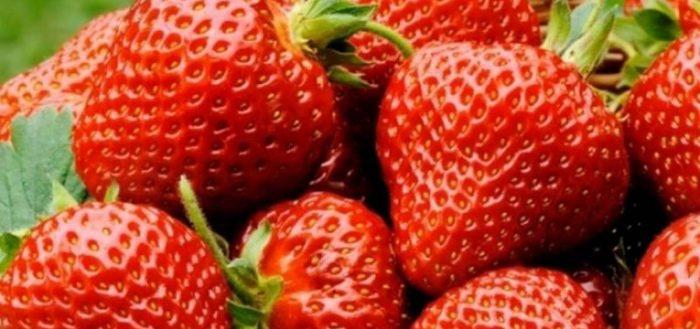
Advantages and disadvantages of the variety
The positive qualities of the Florence strawberry variety include:
- high immunity to common diseases;
- updating the beds is carried out infrequently, since the culture is capable of developing in one place for up to five years;
- since the mustache is formed a little and they are short, then the care of the landings is minimal;
- high winter hardiness (withstands frosts down to -20 degrees);
- good tolerance to cold and wet summer;
- berries are stored for a long time and transported over long distances without losing their shape;
- universal use of berries with high palatability.
In the description of the strawberry variety, disadvantages are also indicated:
- in dry, hot summers, the number and quality of the crop decrease;
- in a rainy summer, the risk of infection with late blight, gray rot, brown spot increases;
- high requirements for feeding;
- in cold regions, the duration of fruiting is significantly reduced.
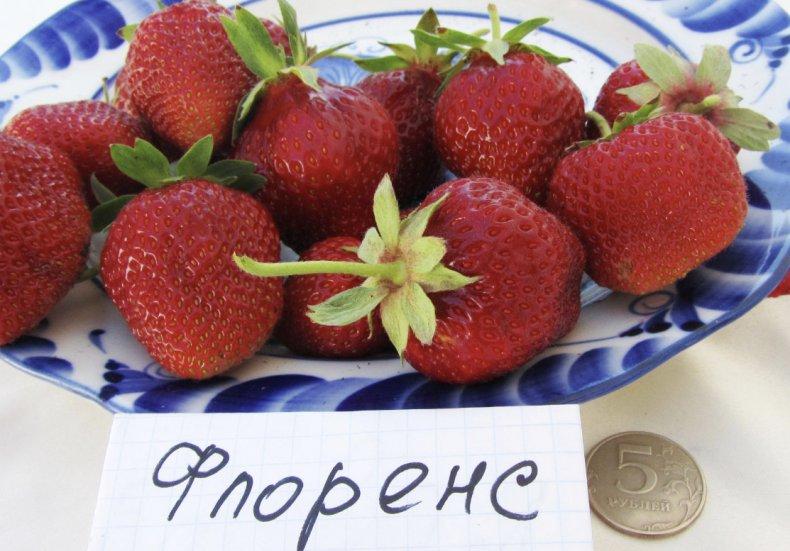
Knowing the positive and negative aspects of the Florence variety, you can avoid many troubles during the cultivation of strawberries.
How to plant a berry?
For strawberries, you should choose a suitable place, calculate the planting dates and properly prepare the soil. When these conditions are met, the yield will be high, and the berries will be sweet, without voids.
Seat selection
When choosing a place for planting Florence strawberries, a number of conditions should be observed:
- the land must be flat;
- temporary shadow is allowed only at lunchtime;
- strawberries like loose, fertile soil with a lot of sand or loam and good aeration;
- if groundwater passes nearby, then a small hill should be made;
- the beds must be protected from drafts.
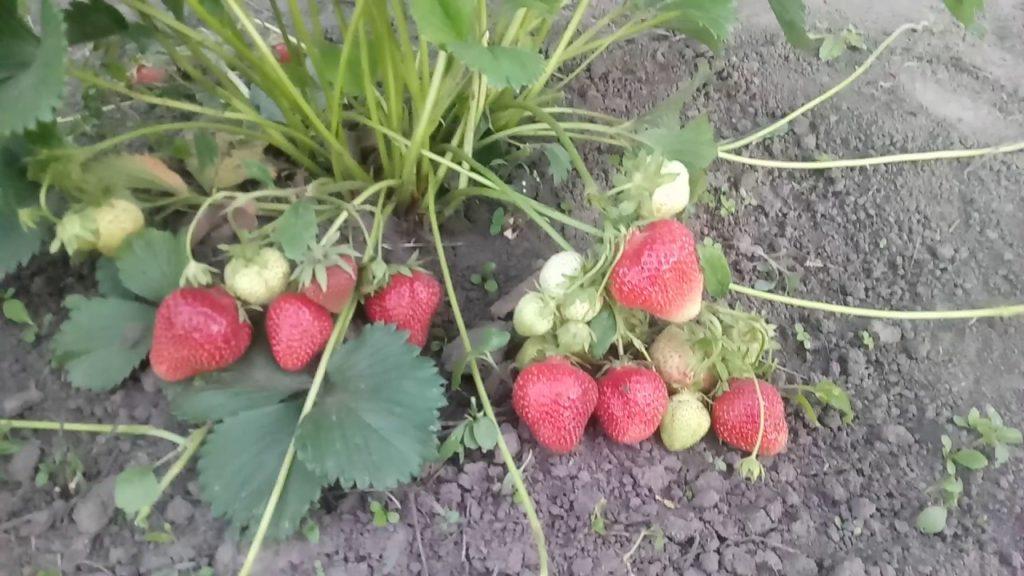
When to plant?
Both spring and autumn planting of strawberry bushes is allowed. The procedure for each season has its own characteristics:
- In autumn, planting begins in early September. Before frost, the plant will have time to take root, and the first fruits will appear in the next summer. It is important to cover young seedlings for the winter, otherwise there is a big risk that the roots will die off and the plant will die.
- If you plant the bushes in the spring, you will be able to harvest the crop only after a year. Until the end of the frost at night, the beds must be covered. In the summer, it is recommended to remove the whiskers and peduncles so that all the nutrient components go to the development of leaves and roots.
In any season, planting is started only when the soil warms up to +14 degrees. It is best to plant strawberries in rainy or cloudy weather.
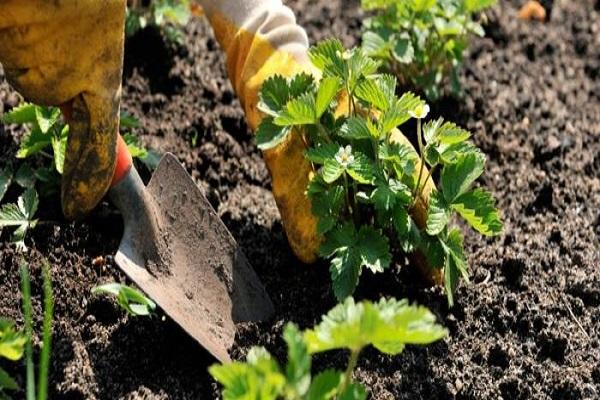
Site preparation
The selected area for planting strawberries in the fall is dug up, weeds are removed and fertilizers are applied (humus is suitable). If the acidity of the soil is high, then liming is carried out.
In the spring, the site is loosened again and all weeds are removed. The beds begin to be made a few days before the planting of seedlings.
Planting principles
Planting Florence strawberries involves a number of subsequent steps:
- pits are dug at the site with a depth of 18 cm and a diameter of 11 cm;
- the interval between the grooves is made at least 41 cm;
- the hole is moistened and fertilized;
- at the bottom of the hole, a mound is made on which a bush is planted and the roots are spread;
- covered with earth and lightly crushed.
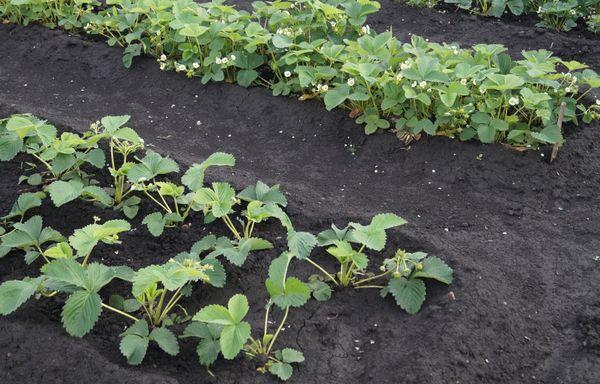
After planting, it is advisable to mulch the soil with straw, sawdust, rotted humus.
Strawberry care rules
Getting a large number of quality crops directly depends on proper and good care. Strawberries Florence needs regular watering and the introduction of trace elements.
Watering
Immediately after planting strawberries in the garden, watering is carried out every three days. Calculate 10 liters of water for each sq. m. As soon as the bushes adapt to the new place, the irrigation is reduced to once every 7 days.
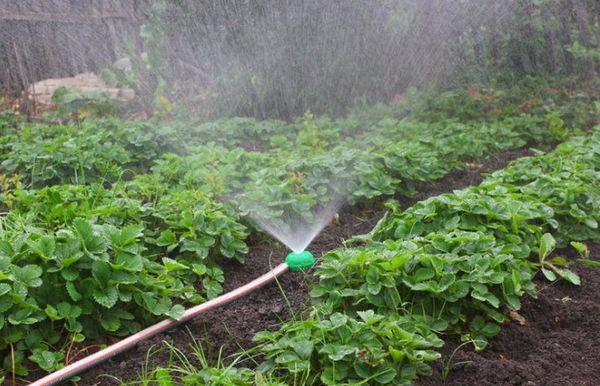
The need for moisture increases during the flowering of strawberries, and during the fruiting stage, watering should be reduced. It is enough to moisten the beds once every two weeks.
Top dressing
Since the bushes and the berries themselves are large in size, repeated fertilization is required throughout the growing season:
- In the spring, nitrogen is required, which contributes to the development of the ground part of the plant. It is also recommended to add compost or humus in early spring.
- With the appearance of ovaries, it is necessary to make compositions based on potassium and phosphorus.
- After collecting most of the crop, a solution of chicken manure is used.
- Autumn is useful to add humus or rotted manure. The components will strengthen the roots and give the plant strength for a successful winter.
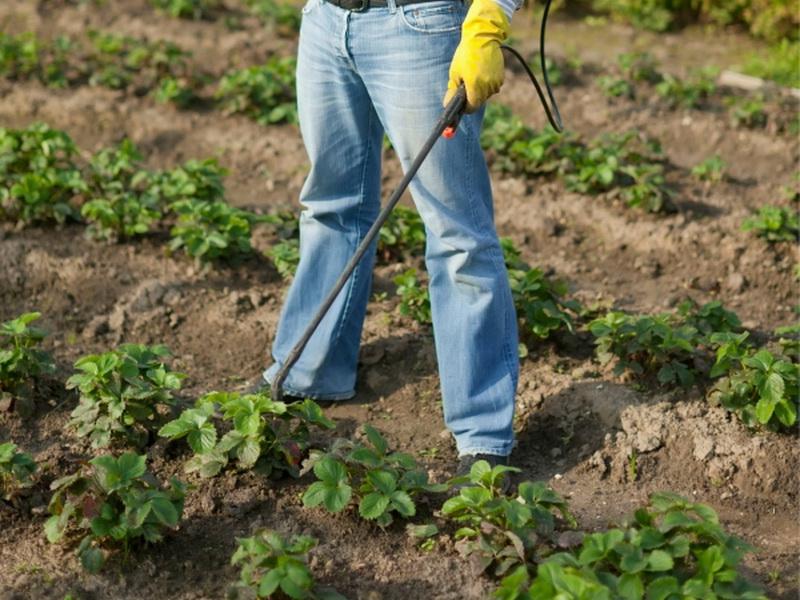
Preparing for winter
In early September, strawberry bushes loosen and huddle. A month later, they begin to lay a layer of mulch (straw, fallen leaves, spruce branches). The ideal option is to cover the strawberries with agrofibre.
Reproduction methods
The most common breeding method is considered to be rooting a mustache or dividing a bush. The most difficult is the situation with seed reproduction.
Seeds
Seed propagation is a long and laborious option. The material is first sown for seedlings in boxes, covered with glass and placed on a well-lit windowsill. Crops are watered daily. The first shoots should appear in 3.5 weeks.
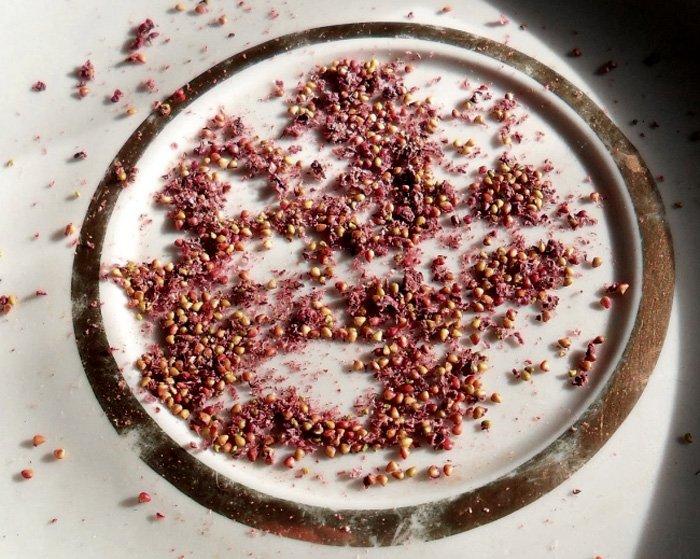
When two true leaves appear on young shoots, they are transplanted into separate containers. After unfolding the 6 leaves, they begin to transplant to open beds.
Rosettes or mustaches
Most often, gardeners use division by daughter sockets:
- They choose bushes with a powerful and strong mustache.
- Press the whiskers selected for breeding to the ground and secure with a wire brace.
- Only one outlet is left on the shoot, all the rest are removed.
- When the rosettes take root, the mustache is cut off from the bush.
- In the fall, the bush is ready for transplantation to a permanent place.
A simple breeding method is considered to be the division of the bush. Bushes of three years are suitable, which are divided into several parts. Each part should have healthy roots and at least five leaves.
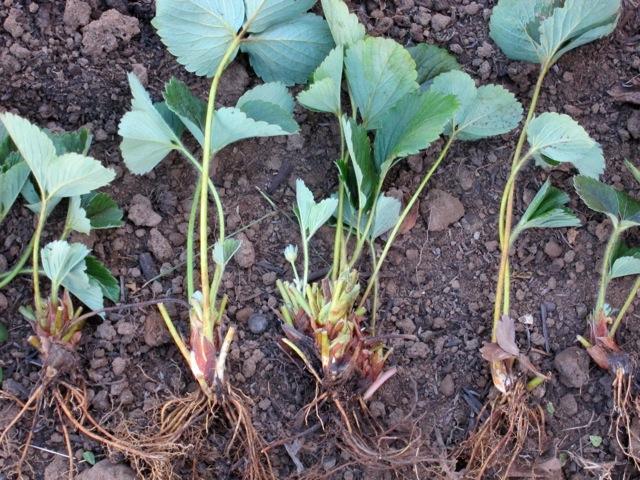
Pest and disease control
Of the diseases that most often affect strawberry bushes, they are distinguished: verticillus, powdery mildew, brown or white spot, gray rot. As a prevention of infection with infections, irrigation is carried out with a solution based on the drug "Fitosporin".
When the first signs of the disease are found, processing should be started immediately. Solutions based on such drugs as "Fundazol", "Horus", "Bayleton", "Maxim", Bordeaux liquid, "Oxyhom", "Teldor" are effective.
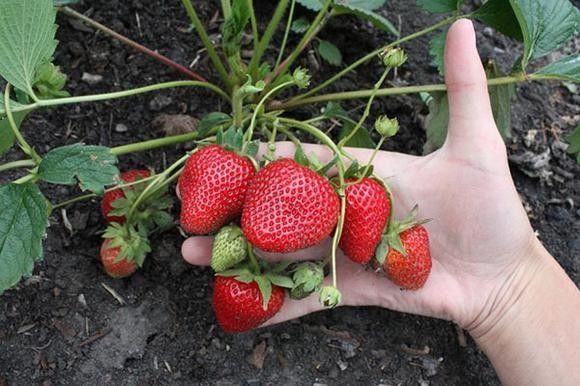
Of the pests, whiteflies and weevils are considered dangerous for Florence strawberries. To protect plants from pests, the bushes are treated with insecticides ("Confidor", "Decis").
Harvesting and storage rules
Harvesting is carried out up to 9 times per season, every 3-4 days. It is advisable to pick berries in the morning after the dew has melted. The fruits are plucked neatly, together with the stalk and put into boxes.
The harvested fresh crop at a temperature from 0 to -3 is stored for six days. For longer storage, the berries are frozen or made into sweet dishes. Even after defrosting, the berries do not lose their shape, aroma and great taste.
